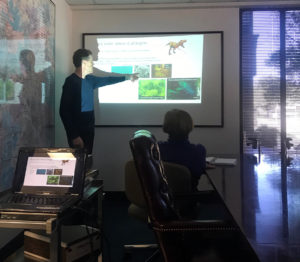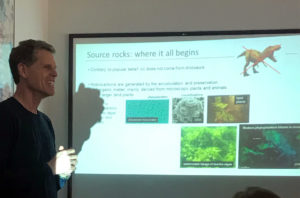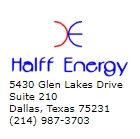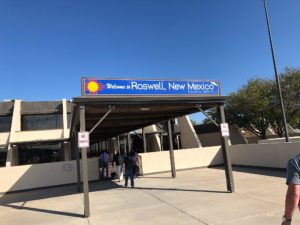The UTD Permian Basin Research Lab had a large and successful presence at the recent GSA South Central Meeting held in Ft. Worth, Texas, on March 9 – 11, 2020.
Bob Stern and Lowell Waite, along with Lily Pfeifer-Johnson and Alicia Bonar of the University of Oklahoma, co-chaired Technical Session T8, entitled “Permian of the South-Central U.S.: Land and Sea.” This session included 10 presentations on various aspects of the Permian geology of the greater south-central US region, focusing on the relationship between Permian continental and marine environments, climate, tectonics, and magmatism.
Lowell Waite, along with co-authors Bob Stern (UTD) and Chris Scotese (Northwestern University) opened the session with a presentation entitled “One if by Land, Two if by Sea: Permian of the U.S. South Central region. This talk provided a broad overview of Permian chronology and secular trends (global geologic themes).
Kevin Hiss, UTD graduate student at the PBRL, along with co-author and UTD alumnus David Williamson (Monadnock Resources), presented a talk entitled “Facies and Stratigraphy of the San Andres Formation (Middle Permian) Petroleum Province, Northwest Shelf of the Permian Basin, West Texas: A Resurgent Play.” Kevin’s presentation highlighted the geologic setting and development of the San Andres carbonate reservoir, discussing the application of recent horizontal drilling and completion technology along the margins of established giant San Andres oil fields in Yoakum and Cochran counties, Texas.
A copy of the Waite et al. presentation will be posted on the PBRL website. The Hiss and Williamson presentation is currently subject to a non-disclosure agreement, but a version of this will be posted if available.




